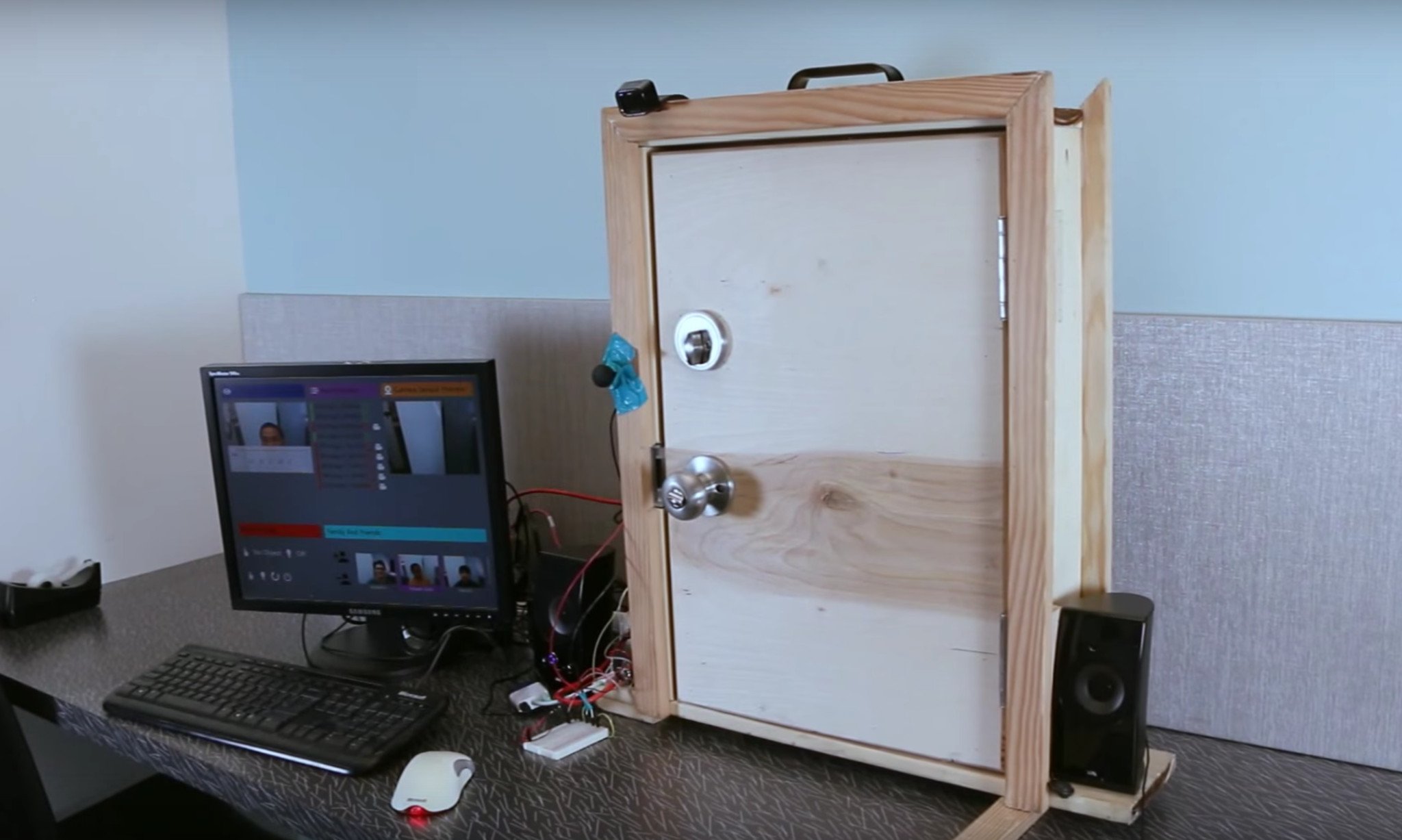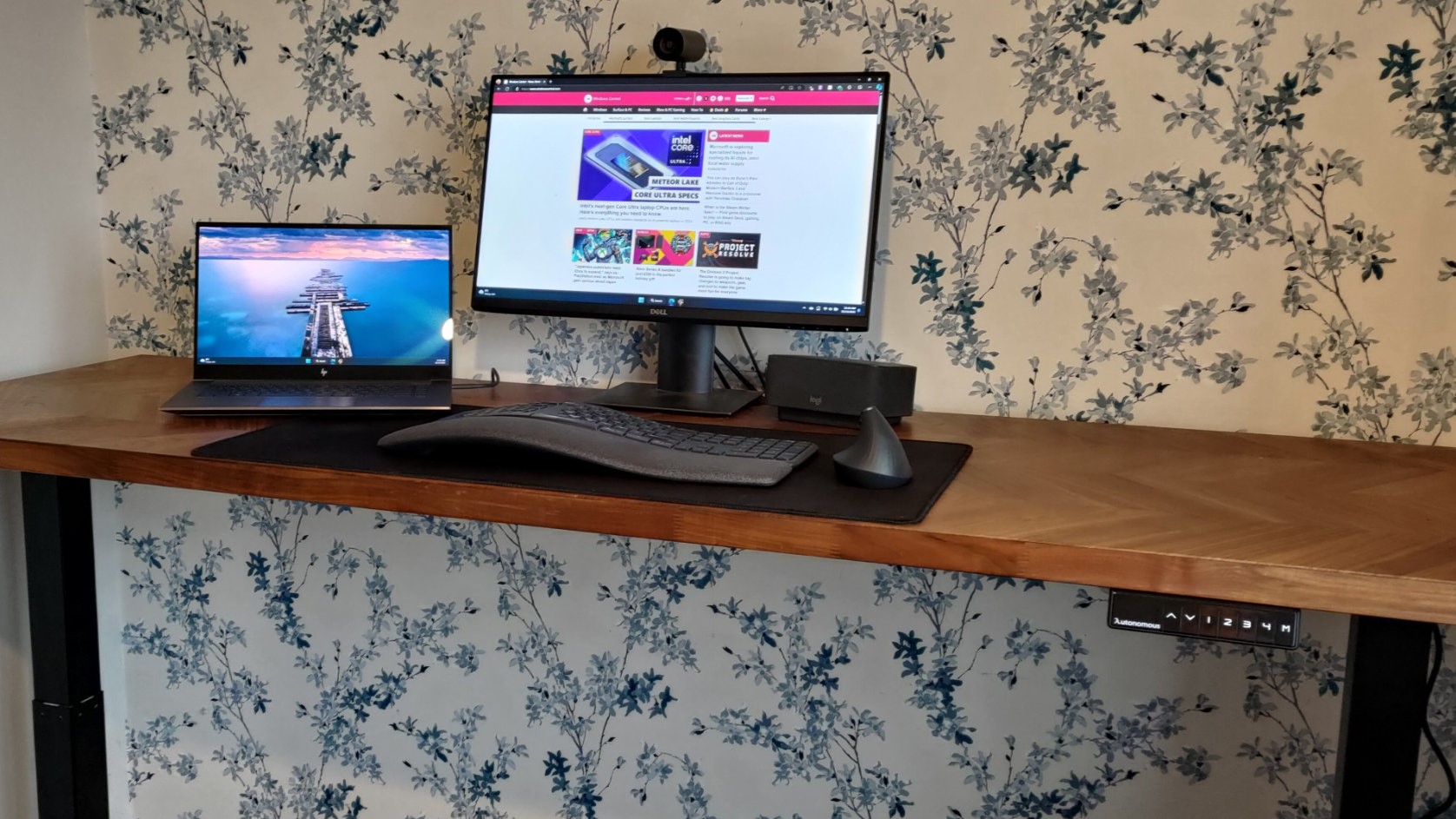Facial recognition door lock shows huge potential of Windows 10 IoT Core

If you're looking for just a small glimpse at the possibilities enabled by Windows 10 in the Internet of Things (IoT), look no further than this door security prototype built by Microsoft researchers. The prototype security setup uses facial recognition as a security tool for locking and unlocking the door, only unlocking for authorized users. You can see the mechanism in action in the video below.
According to the video's description, it was built using Windows 10 IoT Core running on Intel's MinnowBoard Max, along with Microsoft's Project Oxford cloud computer vision service. While just a prototype and not ready for primetime, it's interesting to think about how useful this tech could be in something like the Ring Video Doorbell, for example.
If you're interested in seeing more IoT prototypes built using Windows 10 IoT Core, you can check out the dedicated Windows IoT YouTube channel.
Thanks to @Giffdev for the tip!
All the latest news, reviews, and guides for Windows and Xbox diehards.

Dan Thorp-Lancaster is the former Editor-in-Chief of Windows Central. He began working with Windows Central, Android Central, and iMore as a news writer in 2014 and is obsessed with tech of all sorts. You can follow Dan on Twitter @DthorpL and Instagram @heyitsdtl.
